The new, sixth-generation 2025 Subaru Forester has a new structure, updated styling, and new technology inside. But maintains its longstanding identity.
| What’s Good: Lots of easy-to-use cargo space. Comfortable seating for adults in both rows. New styling is easier on the eyes. | What Could Improve: Continuously variable transmission provides nonlinear acceleration under heavy throttle. Some wind noise on the interstate. | My Conclusion: The Forester marches into the future with the same essential purpose as the original of the late 90s. Quirky. Efficient. Useful! |
OVERVIEW
The Subaru Forester started its sixth-generation for the 2025 model year. It rides on a new platform, which engineers stiffened up by 10 percent compared to the outgoing structure. They added sound deadening material as well to help keep the cabin quiet. It’s offered in five trims, from a base model that costs $31,115 to the top-of-the-line Touring that runs up the bill to $41,415. Premium, Sport, and Limited fall in between. Both prices include the $1420 destination charge.
But the Forester definitely retained its tall, boxy, quirky demeanor and continues to carry on the same path of no-nonsense practicality. You get solid fuel economy, especially considering there’s no hybrid help. You get 8.7-inches of ground clearance and standard all-wheel-drive for higher levels of confidence, regardless of terrain or weather. And you get gobs of easy-to-use space.
Powertrain

Unlike the platform, Subaru changed very little with the powertrain. You still get a 2.5-liter flat-four engine, what Subaru calls a “Boxer.” That still mates to a continuously variable transmission (CVT) and power still heads to all-four-wheels.
For 2025, peak horsepower comes to 180 at 5800 rpm and torque maxes out at 178 lb.-ft at a relatively low for a naturally aspirated engine 3700 rpm. Horsepower actually drops by two when compared to the outgoing Forester, but torque raises by two, and, critically, it arrives 700 rpm earlier than before. You do not feel any drop in power.
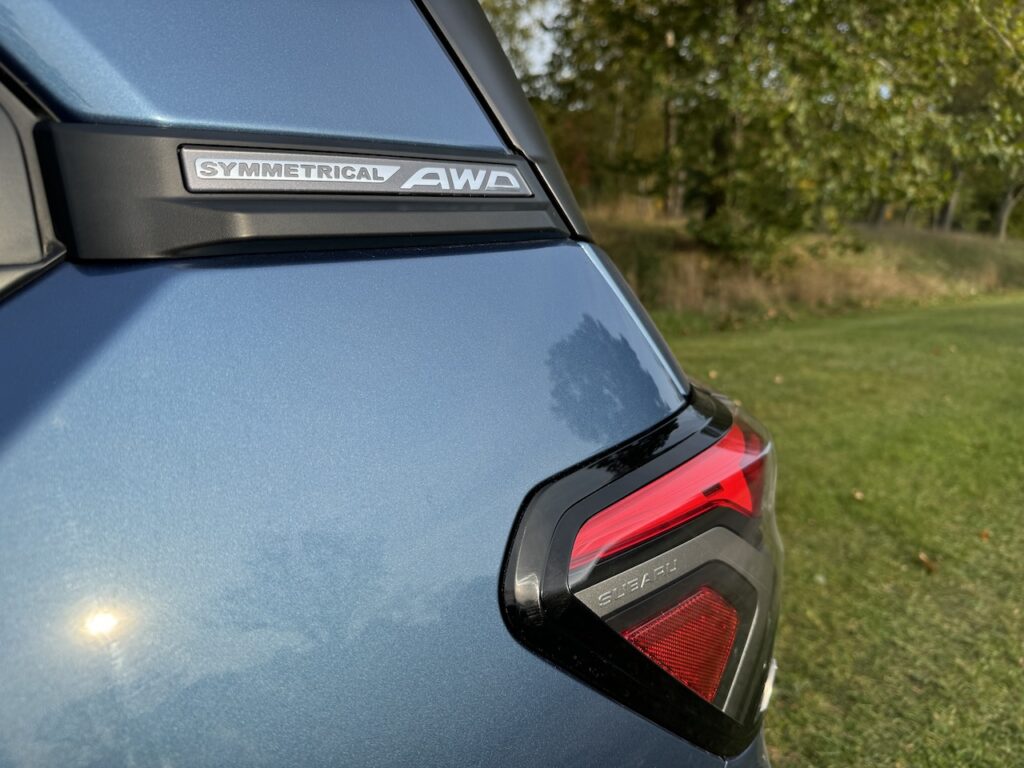
Subaru built a relatively high compression ratio engine here, 12.0:1. And it uses a direct fuel injection to feed the combustion chamber. Thankfully, it’s happy to feed it regular gasoline. According to the EPA, you’ll manage 25 mpg in the city, 32 on the highway, 28 combined.
Behind the wheel, you choose between two different drive modes: intelligent, and sport. In my experience, intelligent provided good response, sport just makes the Forester feel a touch anxious. In either mode, the CVT struggles to deliver power with any kind of linear build up. You’ll hear uneven engine revs when you need to get anywhere in a hurry. Otherwise, it’s fine.
Chassis

The stiffer structure comes in handy when driving down the road. The Forester feels compliant over bumps in the road, but never floaty, keeping body roll, pitch, and dive to reasonable levels in most any circumstance. Moreover, the Forester responds quickly to steering inputs and the front and rear axles always seem to act in unison.
I appreciate the added sound deadening material as well, though it only improves this compact SUV to competitive in the segment. You still hear wind buffeting around the sideview mirrors and whipping past the front window. And the Forester is highly sensitive to pavement material at highway speeds. Concrete is loud.
Thanks to my Touring model test car, however, the very supportive seats also provide heat and ventilation on request. And the driving aids (which Subaru calls Eyesight) work well and help keep stress levels down, even in high traffic. One neat trick, Subaru gives you an option to choose how aggressive the Forester accelerates with cruise control on. I chose “dynamic” because I’m always in a hurry.
Details and Inside
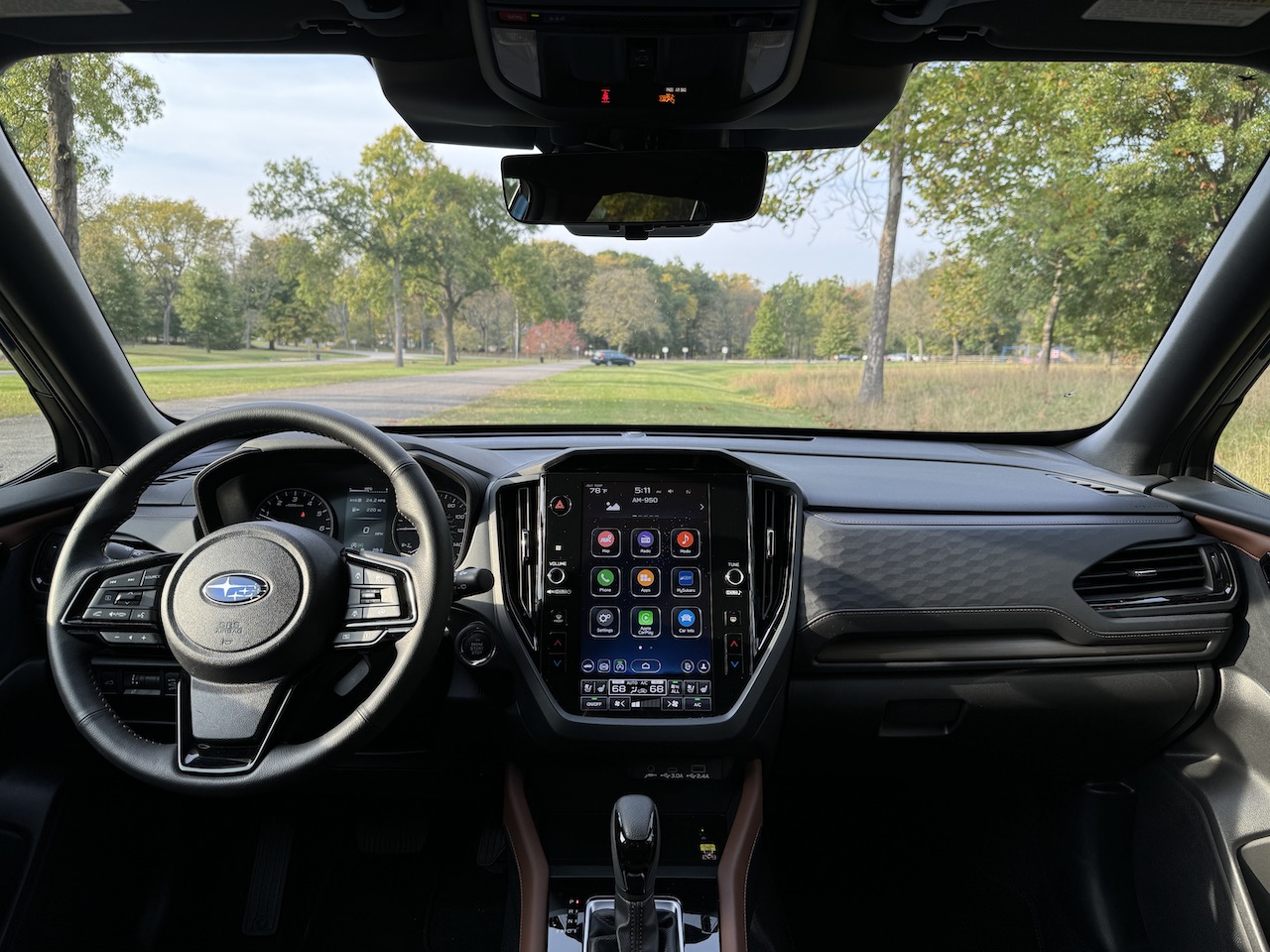
Most crossover SUVs, even compact ones, will swallow a bike with the second-row seats folded. But few will accept it as easily as the Forester. It combines a low loading floor with a wide entry and high ceiling to happily accept whatever large and awkward shaped thing you want to carry. Officially, you get 28 cubic feet of storage behind the 2nd row, 69 with them folded. That’s right up there with the larger Honda CR-V.
If you leave the second row up, feel free to offer your adult friends a ride. The seat bottoms are high enough to offer lots of thigh support and the Forester is packaged to provide plentiful legroom as well. As long as its two or fewer in back, you also get a center armrest with cupholders and multiple usb ports to charge things up.
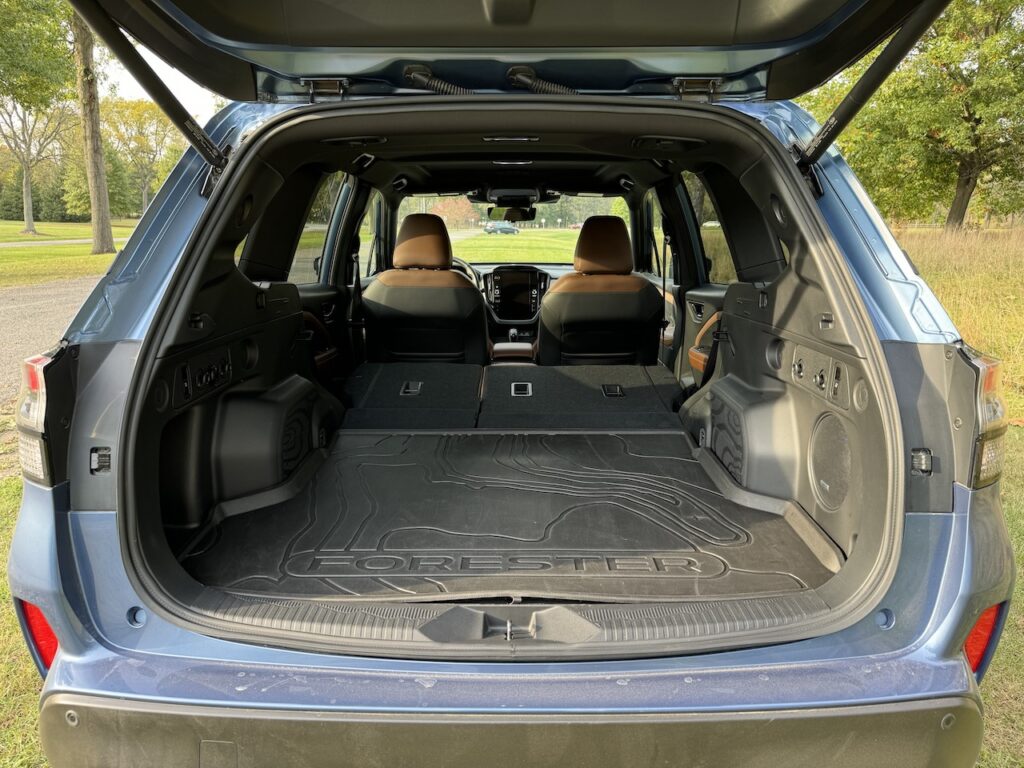
Upfront, my Touring model also offers a heated steering wheel (Limited trim Forester’s too) in addition the seat warming and cooling. And Subaru upholstered those seats in leather. Fancy. The Portrait mounted center display measures 11.6-inches and provides clear to read functionality as well as wireless Apple CarPlay and Android Auto. You also get generous cupholders, wireless smartphone charging, and more usb ports.
Furthermore, a panoramic moonroof lets in plenty of natural light. And Subaru mounted several cameras on the Forester Touring to offer surround view monitoring. One of them is mounted to supplement the rearview mirror. Flip the level and it becomes the screen for that camera.
in conclusion
The Forester keeps on marching down the same abundantly practical path it’s followed since its inception. This sixth generation grew by a few tenths of an inch in each dimension but remains a tall box that’s easy to fill with people or things.
It also continues to drive a bit funky, courtesy of the CVT and only adequate power. Subaru’s latest Forester is the most refined version of this quirky thing yet. But it’s still a quirky thing.
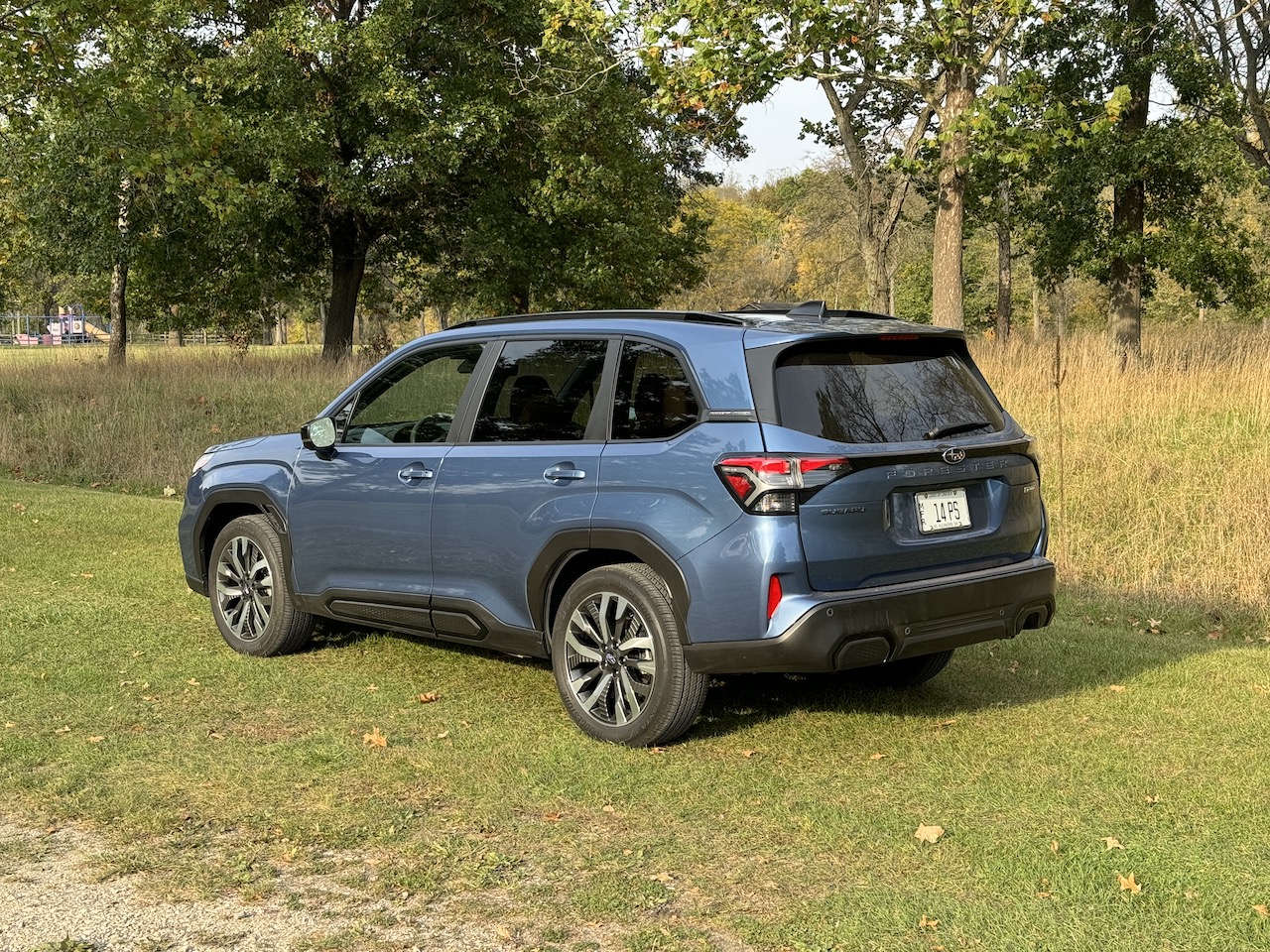
COMPETITORS
SPECIFICATIONS
2025 Subaru Forester Touring: 4-door, 5-seat, crossover SUV
Base price: $41,415 (includes destination charge)
Price as Tested: $41,415
Powertrain: 2.5-liter F-4
Peak Power: 180 horsepower at 5800 rpm
Peak Torque: 178 lb.-ft at 3700 rpm
Transmission: continuously variable transmission
Drive: all-wheel-drive
Fuel Economy in MPG and range
25 city
32 highway
28 combined
Driving range: 465 miles
Dimensions
Length: 183.3 inches
Width: 72.0 inches
Height: 68.1 inches
Wheelbase: 105.1 inches
Weights and Capacities
Curb weight: 3664 lbs.
Interior volume: 107 cu ft
Cargo volume (seats up/down): 28/69 cu ft
Calculated weight to power (lbs./HP): 20.4:1
Mfr’s claimed 0-60 mph: NA seconds
Mfr’s claimed Top Speed: NA mph
Government classified size: Small Sport Utility Vehicle 4WD Options: none
Here’s a subcompact from Nissan that also feels surprisingly spacious: 2025 Nissan Kicks

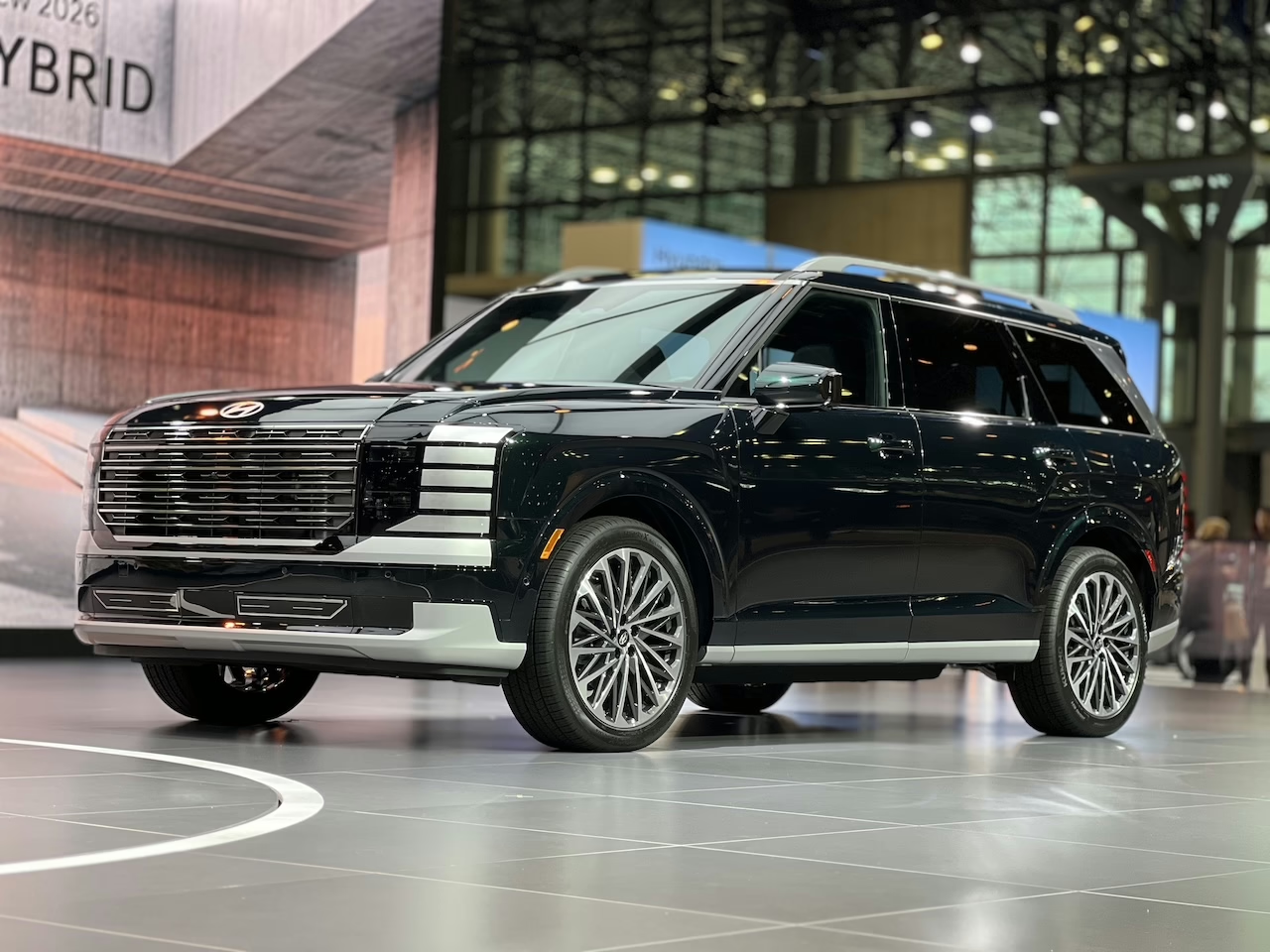
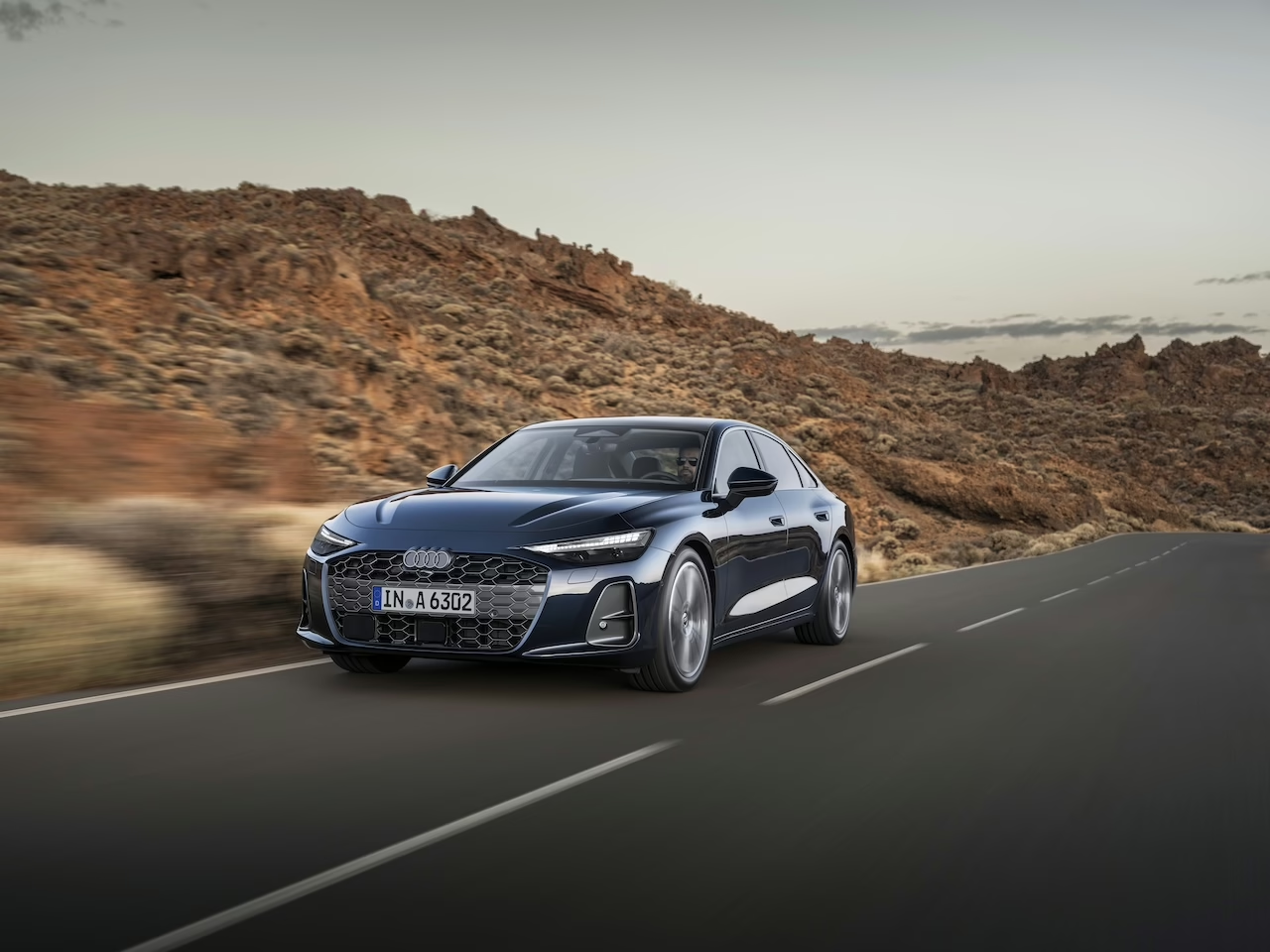
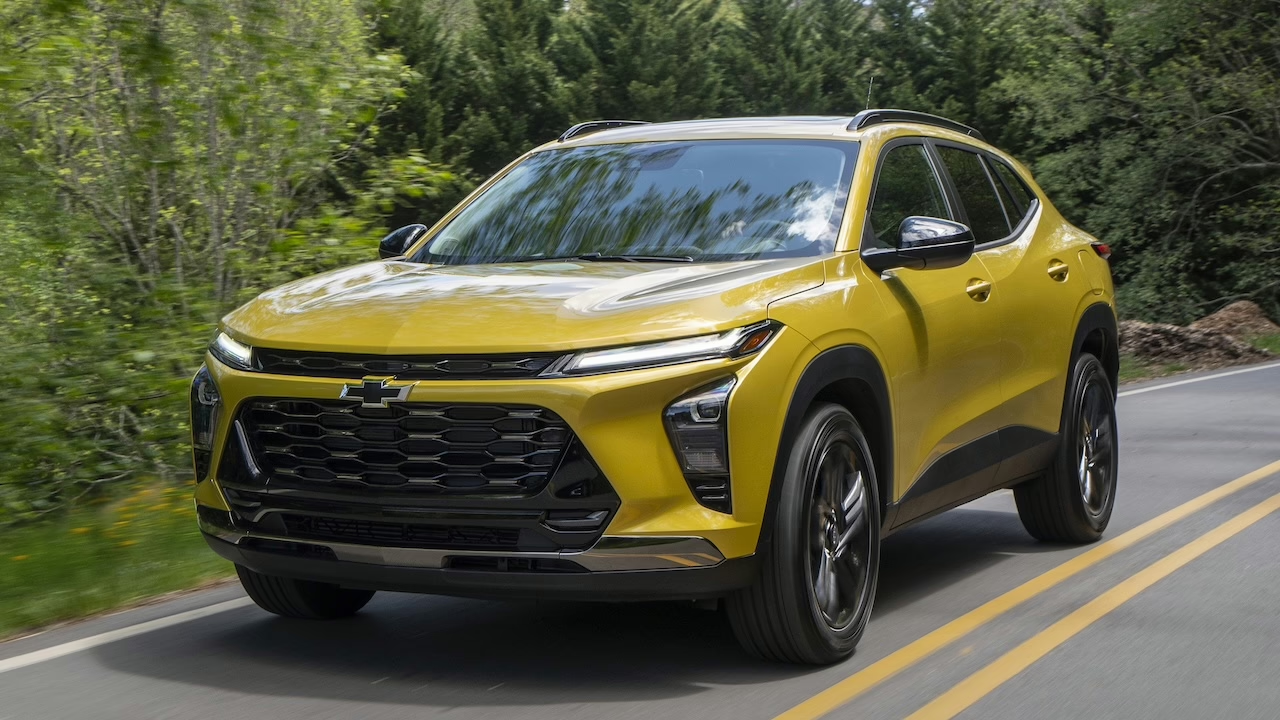

Comments
2 responses to “Pack the New Forester Full. There’s Plenty of Room!”
[…] no change in ground clearance—it’s still 8.2 inches—or half an inch less than a standard Subaru Forester. It’s still, largely a standard Nissan […]
[…] reviewed the new Forester last fall and found it stayed true to its very practical, no-nonsense roots. Yet it looked more […]